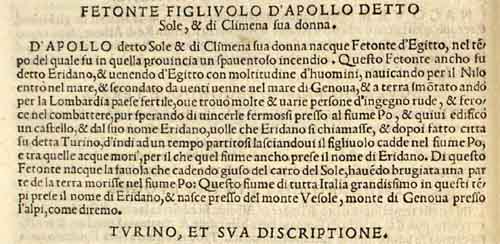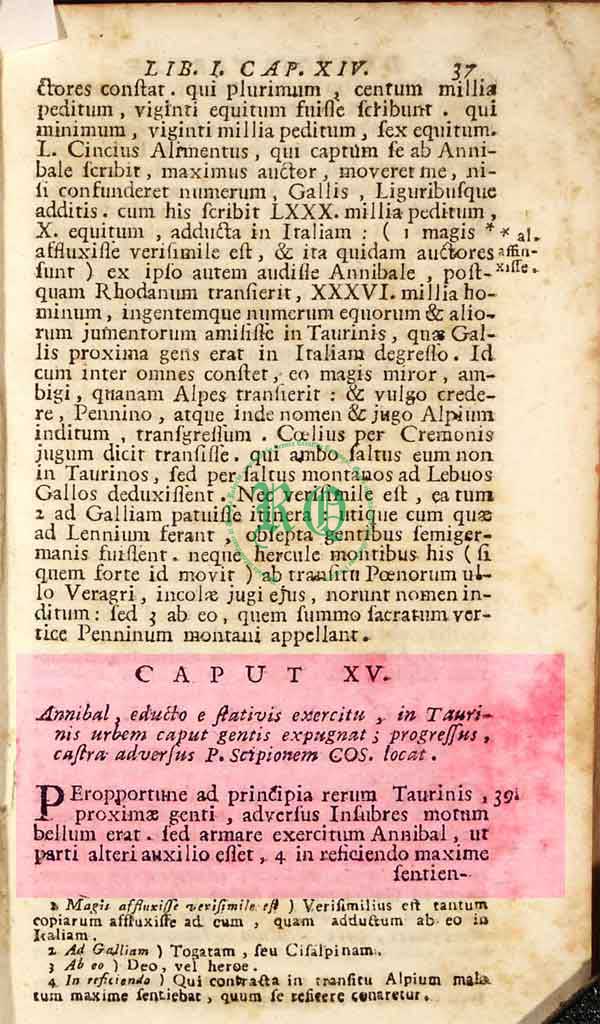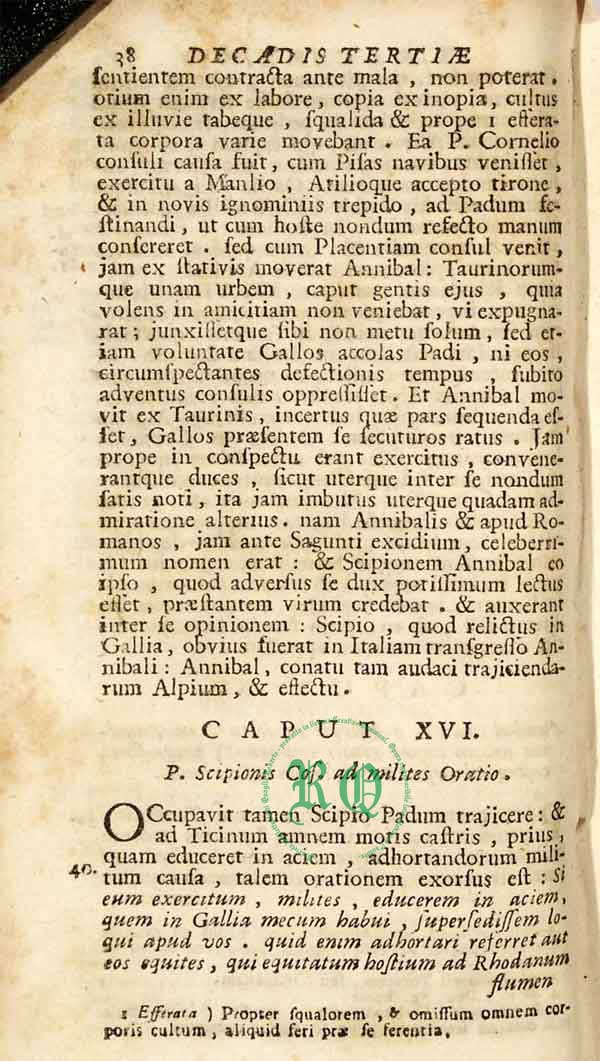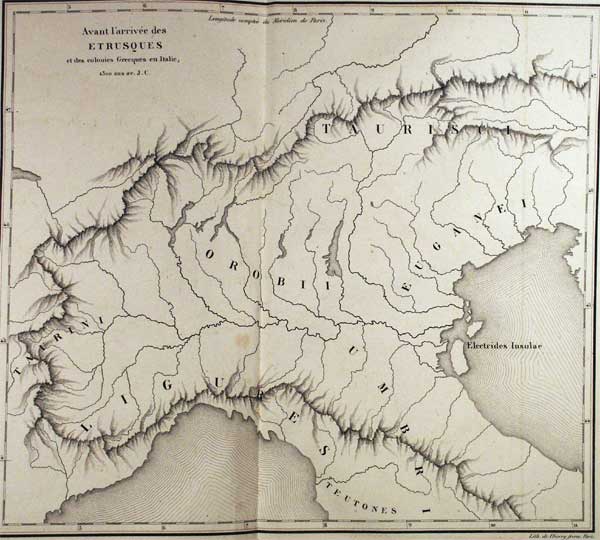|
- Introduction to ancient historical texts - Roberto - page 1 |
||
|
Purpose of the site. The main part of this site is dedicated to the consultation of the ancient history of Torino. Here-in you can find references to ancient sources,in particular medieval ones,rare if not very rare by now. The first reason of this work is, above all, to let writings,about ancient history, buried from the time, reemerge to light from the dusty shelves of few private or public libraries. Introduction to the
historical part of ancient Torino:
foundation and first
centuries of history.
Pre roman Torino.
Boccaccio
"Gods'genealogy"
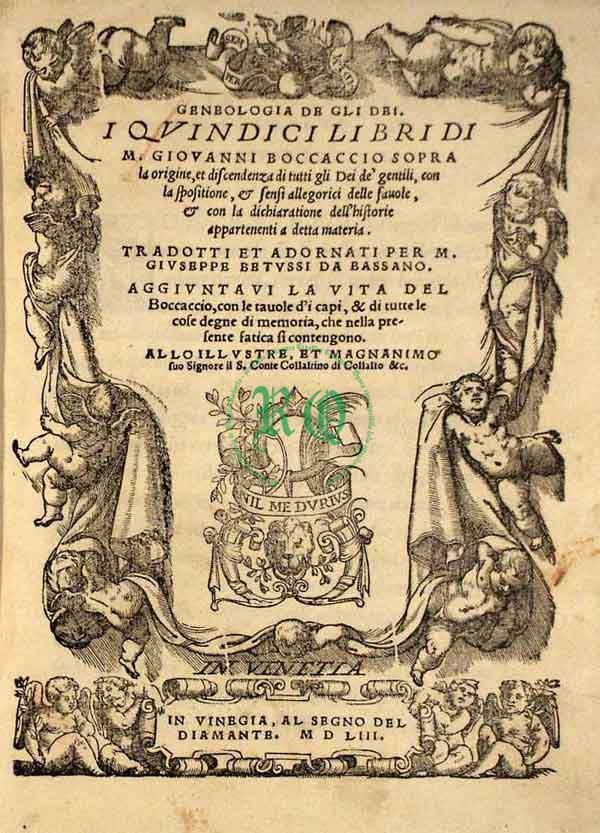 ...but what's the use of all this if the contemporary bookshops are full of historical books or didactic texts for schools? The reason is simple but a little hard to teachers who, often, have never known the ancient historical sources but have acquired a knowledge only on texts post 1800. Unfortunately such texts have been often rearranged and report presumed or, according to the Illuminista culture, interpreted facts. If the Illuminismo has founded a new era that big fruits in the scientific sector has given, whether in the research or in applied sciences, it's also true that it has been source of prejudices as regards the cultural conceptions of the past. This has brought some damaging consequences on the interpretation of past historical ages: many "common-places" that concerned both religious or spiritual and social concepts. |
